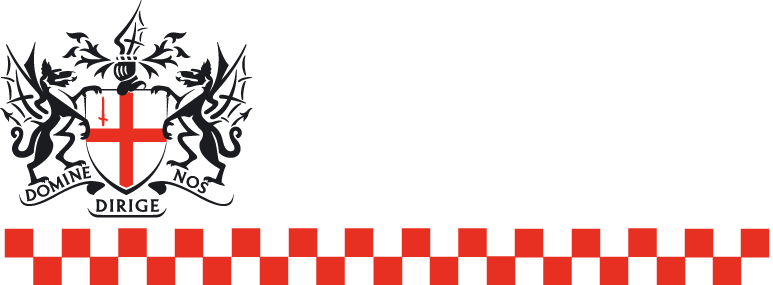Japanese language history
From “karate” to “karaoke”, from “adzuki beans” to “Zen Buddhism”, Japanese language has been exporting oriental traditions to the Western culture for decades. Some come and go as fads (bringing up a “Tamagotchi”); some take root (“bonsai”) and spread. Breeding giant fish (“koi”) or eating raw fish with rice (“sushi”), Japanese is ubiquitous nowadays.
More than 130 million people speak Japanese, making it the ninth most widely spoken language in the world. Outside of Japan, there are another 5 million people who speak Japanese with some degree of proficiency – predominantly Japanese descendants in Hawaii and Brazil. Japanese language services have become extremely important in social and business settings.
Japan is one of the world’s leading industrial powers and is remarkable for its economic growth since World War II, considering it has few natural resources. Japan is known for its people’s strong work ethic and the high level of cooperation between industry and government.
Unlike most western languages, Japanese has an extensive grammatical system to express politeness and formality. Broadly speaking, there are three main politeness levels in spoken Japanese: the plain form (“kudaketa”), the simple polite form (“teinei”) and the advanced polite form (“keigo”).
Since most relationships are not equal in Japanese society, one person typically has a higher position. This position is determined by a variety of factors including job, age, experience, or even psychological state.
The person in the lower position is expected to use a polite form of speech, whereas the other might use a more plain form. Strangers will also speak to each other politely. Japanese children rarely use polite speech until their teens, at which point they are expected to begin speaking in a more adult manner.
Roots of Japanese language
The origin of Japanese is in considerable dispute amongst linguists. Evidence has been offered for a number of sources: Ural-Altaic, Polynesian, and Chinese amonge others. Of these, Japanese is most widely believed to be connected to the Ural-Altaic family, which includes Turkish, Mongolian, Manchu, and Korean within its domain.
Korean is most frequently compared to Japanese, as both languages share significant key features such as general structure, vowel harmony, lack of conjunctions, and the extensive use of honorific speech, in which the social rank of the listener heavily affects the dialogue. However, pronunciation of Japanese is significantly different from Korean, and the languages are mutually unintelligible.
Japanese has an extremely complicated writing system, consisting of two sets of phonetic syllabaries (with approximately 50 syllables in each) and thousands of Chinese characters called “kanji”, approximately 2,000 of which the Ministry of Education has designated as required learning before high school graduation.
The adaptation of Chinese characters during the sixth to ninth centuries A.D. was the most important event in the development of the language. By the 12th century, the syllabic writing systems, “hiragana” and “katakana”, were created out of “kanji”, providing the Japanese new freedom in writing their native language. Today, Japanese is written with a mixture of the three: “kanji”, “hiragana”, and “katakana”.
Since the mid 18th century the Japanese have adopted a huge amount of “gairaigo”: foreign words mainly from English. These include “teburu” (table), “biru” (beer), “gurasu” (glass), “aisu” (ice), “takushi” (taxi) and “hoteru” (hotel).
There are also a few words from Portuguese, Dutch and Spanish, such as “pan” (bread) and “igirisu” (the UK), from the Portuguese “po” and “ingles”. Such words arrived in Japan mainly during the 16th and 17th centuries, when missionaries and merchants started to visit the country.
Contact Us
Click here to get in touchCopyright Notice:
Third parties are allowed to use or reference information on this page for non-commercial use only if they acknowledge this website as the source by linking to it.
Read detailed Terms and Conditions on how to apply for commercial use.











